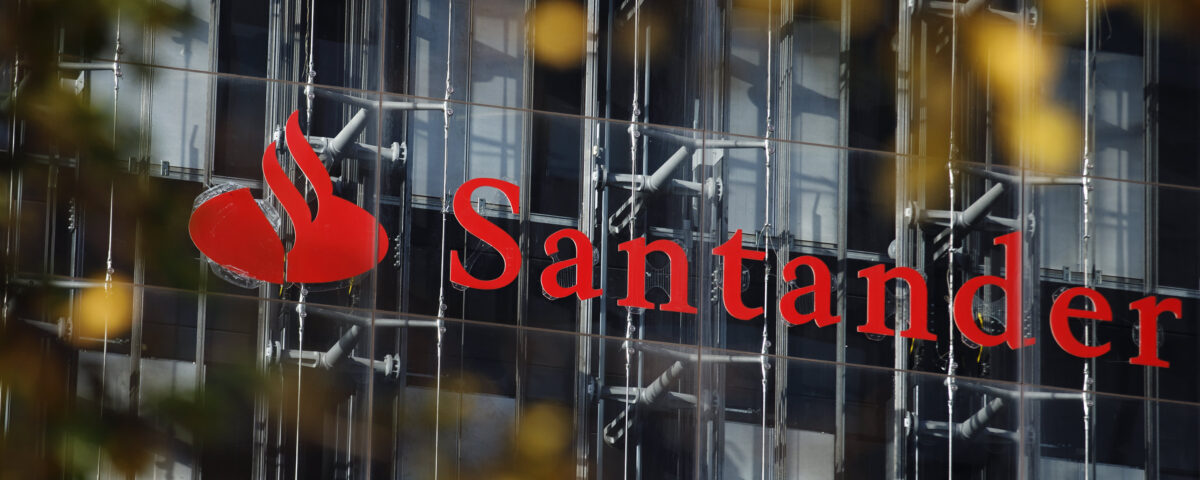Retail Sales Trends: Key Insights into Consumer Spending Patterns
Tháng 4 17, 2025Understanding ECB’s Planned Interest Rate Cut: Impacts, Challenges, and Market Reactions
Tháng 4 17, 2025UBS Loses Ground to Santander: Analyzing Recent Market Developments
In a striking turn of events within the European banking landscape, UBS has recently ceded its title as the most valuable bank in continental Europe to Santander. This significant shift in market capitalization underscores the dynamic nature of the financial sector and the competitive positioning of these major institutions. As of the latest reports, UBS’s market capitalization rests at approximately €85.7 billion, while Santander’s stock has achieved considerable momentum, boasting a market capitalization near $103 billion as of April 17, 2025. This transition signals a noteworthy change that investors and analysts alike should consider closely.
Santander’s Robust Performance amid Market Volatility
As Spain’s largest banking group, Santander operates in diverse segments, including commercial banking, investment banking, asset management, and insurance services. Its expansive reach and diversified offerings contribute significantly to its recent success. Notably, the bank’s stock has surged by approximately 35% since January 1, 2025. This increase in value highlights not only Santander’s strong recovery from previous lows but also reflects investor confidence in its strategies and market positioning.
Recent analyses have produced encouraging insights for Santander, particularly regarding analyst ratings. The bank has garnered a “Buy” rating from UBS analysts, a clear indication of the positive sentiment surrounding its growth prospects. Furthermore, Santander’s fiscal health is visible in its impressive financial metrics, managing EUR 1,055.9 billion in current deposits and matching EUR 1,054.1 billion in current credits at the close of 2024. These financial figures illustrate that Santander is not only growing in market capitalization but also maintaining a robust operational foundation.
Market Sentiment and Future Outlook
The prevailing market sentiment around Santander reflects a nuanced appraisal despite broader economic challenges, including volatility and a higher debt-to-equity ratio. Analysts are optimistic about the bank’s future, largely due to its low price-to-earnings ratio of 8.34, which suggests that the stock may be undervalued. This perspective creates a compelling investment opportunity for stakeholders who are keen on positioning themselves favorably in anticipation of future growth. For insights into why value investing might be a robust strategy in such scenarios, see this article on the 3 reasons Greenblatt says value investing beats the market.
Additionally, the factors influencing market capitalization, such as U.S. tariffs and global economic conditions, have played a role in shaping Santander’s current performance. Nonetheless, the bank’s resilience demonstrates its ability to weather these economic storms while capitalizing on growth opportunities. This adaptability may render it a more appealing financial institution in a shifting market landscape.
In conclusion, as UBS steps back from its position as the leading bank in continental Europe, Banco Santander’s ascending trajectory serves as a poignant reminder of the competitive nature of the financial sector. Investors should take note of the optimistic analyst ratings and the bank’s solid financial foundations, which collectively indicate that Santander is on an upward trend, potentially offering promising returns in the forthcoming quarters. If you’re interested in refining your investment strategy, consider examining the top investment mistakes to avoid in 2023. As marketing dynamics continue to evolve, Santander’s resilience and strategic agility will be critical in navigating the uncertain waters ahead, confirming its stature as a bank to watch closely.

